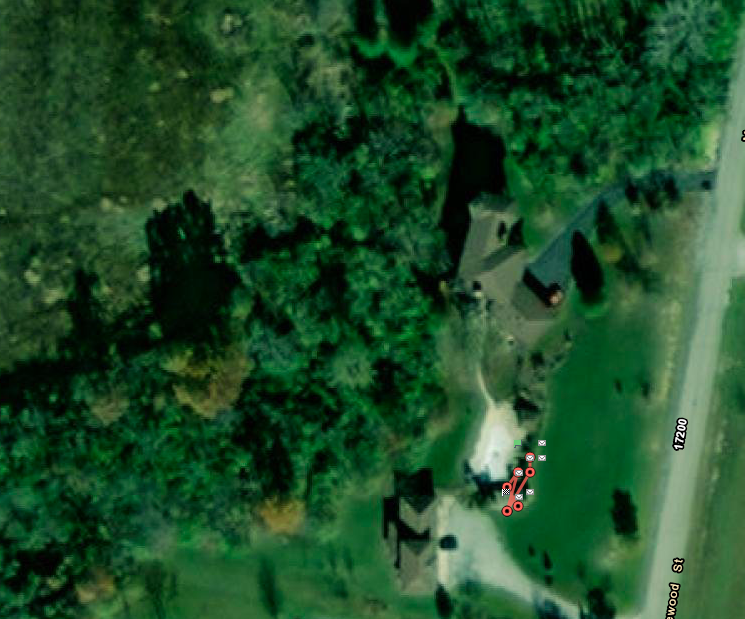Brought home this fun setup yesterday…
View attachment 332009
250cc Honda Reflex Sport as the host; haven’t found info on the sidecar maker yet.
Need to change the fluids, air filter, and plug for peace of mind.
That would be a fun runabout!
Brought home this fun setup yesterday…
View attachment 332009
250cc Honda Reflex Sport as the host; haven’t found info on the sidecar maker yet.
Need to change the fluids, air filter, and plug for peace of mind.
Nothing fancy for me. I use my old Samsung S9 and Google Maps. I download my routes prior to the trip and so far it's been good. Cell service is very spotty in the Smokies and along the BRP but it continues to work for me. Tried WAZE and it sh*t bed on our first route. Your mileage may varyAnyone else ride in far flung places without a cell signal?
Do you use a Satellite Communicator when you ride? I've been riding with a SPOT X for years. It's totally needed across rural Canada and many rural areas in our west and plains states.
Over the past couple years I'm actually having a hard time finding dead spots along rural 2 lanes even in Indiana, seems like more and more cell tower coverage is popping up in rural areas. So the satellite communicator is not needed as frequently. Interstates are covered, but its the rural areas where there are still some weak/no signal areas.
Just curious what you all are using when you go out in remote areas and there is no cellphone connectivity?

I'm NOT referring to MAPPING, I am referring to communications.Nothing fancy for me. I use my old Samsung S9 and Google Maps. I download my routes prior to the trip and so far it's been good. Cell service is very spotty in the Smokies and along the BRP but it continues to work for me. Tried WAZE and it sh*t bed on our first route. Your mileage may vary
Just curious what you all are using when you go out in remote areas and there is no cellphone connectivity?
I do get that, but my wife & family appreciate when I do a daily check in, no matter where I am. And I retired 14 years ago so I don't much worry about work getting in touch with me.Pretty much just smile when the cell coverage has dropped for me in parts of Canada and US. Work can't reach me and that's a good thing occasionally. GPS still works. I'm solo maybe 40% of the time on far flung rides.
I don't think I could enjoy my ride if I had to worry about saying "nighty nite" to misses every night.I'm NOT referring to MAPPING, I am referring to communications.
For mapping I use SCENIC, which has downloaded maps in my cell phone. Works regardless of if there is any cellular connection or not. The maps are sitting in my phone, updated regularly, and when there is a cell connection it gives me turn by turn around accidents. If there is no cellular it gives turn by turn but does not alert you to accidents.I'm using a satellite communicator for contact with family, other riders, etc when I/we are outside of cellular coverage. Currently I use a SPOT X 2-way satellite communicator. I also have their emergency rescue service that sends out search and rescue to get me if I'm hanging off a cliff or crashed into a tree somewhere.
In rural Canada we rode through vast areas without cell coverage.
We are looking at 2 trip out to the west, not along any interstate, so looking at coverage through the Rockies, Cascades, another trip thru the wilds of Texas, New Mexico and Arizona.
Another ride up toward Edmonton.
Literally zero cell coverage in some of the areas and remote camping. It lets me send SMS messages to anyone in my contact list. Unlimited use of up to 15 pre-programmed (I program them before a trip) messages so I can "check in" or report on things or ask for aid or whatever from the top of a mountain, deep in the woods, anywhere in North America that there is no cell coverage.

Half the time when I am riding the misses is riding her own bike and we are checking in with the kids.I don't think I could enjoy my ride if I had to worry about saying "nighty nite" to misses every night.
So I gather, based on my Satellite Communicator question, that very few people actually ride out into the wilds where there is no cell service?

There is always something "better" but not necessarily better for me.I know I don't but now I'm curious. It seems you have it covered pretty well. Are you thinking there is something new out there that is better ?
Not sure with other phones but newer iPhones have an emergency feature that links you up to a satellite.. as I understand it. I could be not informed and I’m sure I will be soonI know I don't but now I'm curious. It seems you have it covered pretty well. Are you thinking there is something new out there that is better ?

iPhone does allow for emergency rescue. None of the other features.Not sure with other phones but newer iPhones have an emergency feature that links you up to a satellite.. as I understand it. I could be not informed and I’m sure I will be soon
As far as looking at a screen when riding is only when I stop. The road I travel goes somewhere.. and I find where I am going. Most days..


I ride alone most of the time. When I ride with someone, it is with my wife and she rides her own bike.I rode from Southern Indiana to the Arctic Circle about 250 miles north of Fairbanks in 2018. Most of the time without cell service. I didn't take a SPOT type system with me but I was riding with a friend so we felt like one of us could go for help if something bad happened. Fortunately, we had no problems on the trip. If I was doing the trip alone I would consider one necessary.